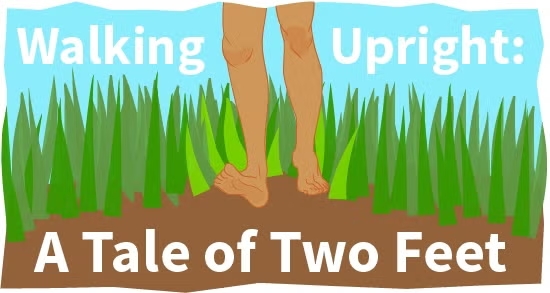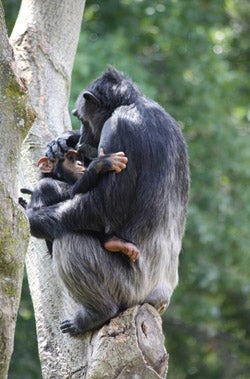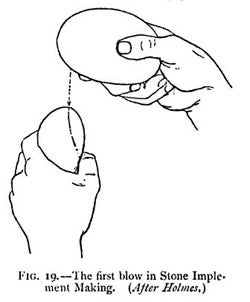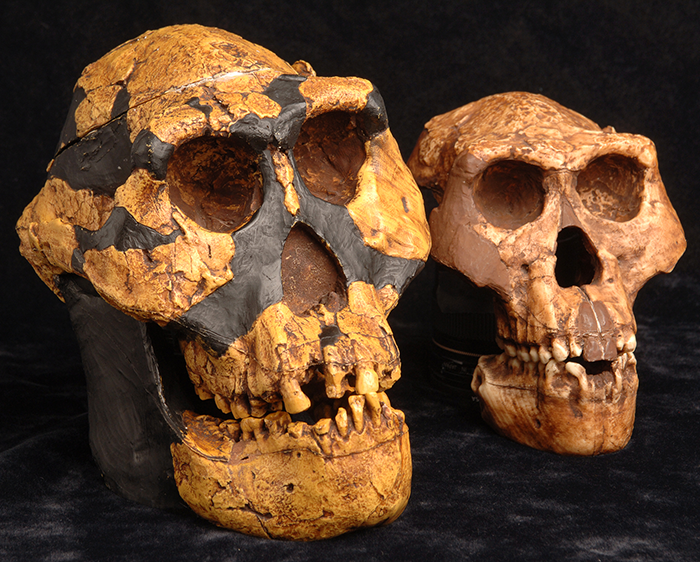
Look Mom, no hands
 Bipedal locomotion freed up our hands. Since we didn’t need them to walk, we could use our hands in new and important ways. The ability to carry things was probably crucial to early human survival. This is especially true for carrying young. Our earliest ancestors lacks grasping feet and body hair, making it difficult for infants to hold on to their mothers. Hominin infants were also more dependent on their parents. It’s likely that hominin parents needed to carry their children until they could walk.
Bipedal locomotion freed up our hands. Since we didn’t need them to walk, we could use our hands in new and important ways. The ability to carry things was probably crucial to early human survival. This is especially true for carrying young. Our earliest ancestors lacks grasping feet and body hair, making it difficult for infants to hold on to their mothers. Hominin infants were also more dependent on their parents. It’s likely that hominin parents needed to carry their children until they could walk.
Another important thing our bipedal ancestors could carry were stone tools. Some types of stone are better than others for making tools. Finding these rare and valuable materials was likely difficult. Therefore, the ability to carry many stones would have been valuable.
 You need special traits to make stone tools. The shape of wrist bones and muscles are very important for determining how flexible wrists are. For example, notice how you can rotate your hand in almost any direction. A flexible wrist is perfect for making stone tools. However, a flexible wrist is poorly suited to supporting body weight. Try crawling around on all fours. How fast do your wrists get tired? Freeing up hands to do more than walk was a very important step in our evolution.
You need special traits to make stone tools. The shape of wrist bones and muscles are very important for determining how flexible wrists are. For example, notice how you can rotate your hand in almost any direction. A flexible wrist is perfect for making stone tools. However, a flexible wrist is poorly suited to supporting body weight. Try crawling around on all fours. How fast do your wrists get tired? Freeing up hands to do more than walk was a very important step in our evolution.
Be Part of
Ask An Anthropologist
By volunteering, or simply sending us feedback on the site. Scientists, teachers, writers, illustrators, and translators are all important to the program. If you are interested in helping with the website we have a volunteers page to get the process started.

